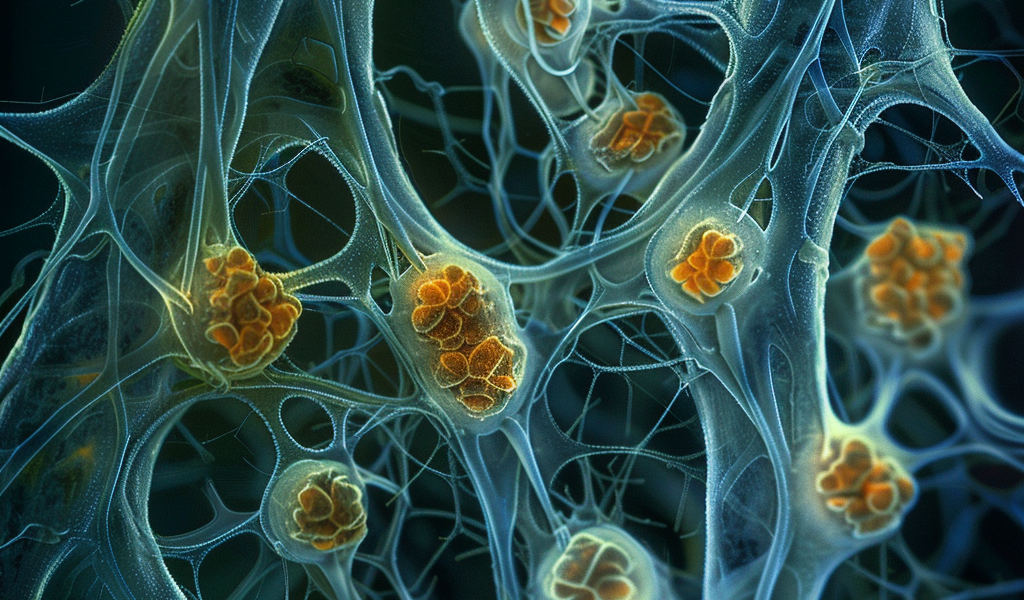Study Reveals Intricate Stages of Symbiotic Relationship Between Plants and Arbuscular Mycorrhizal Fungi
A recent study published in Nature Plants has shed light on the intricate stages of the symbiotic relationship between plants and arbuscular mycorrhizal (AM) fungi. The research, conducted by Karen Serrano, Margaret Bezrutczyk, and their team, utilized single-nucleus and spatial RNA sequencing to delve into the transcriptomes of Medicago truncatula and Rhizophagus irregularis during AM symbiosis.
The findings revealed that the interaction between plants and AM fungi is confined to specific root cells, posing a challenge for conventional genomic studies. By employing advanced sequencing techniques, the researchers were able to map infected and uninfected plant root cell types, uncovering distinct transcriptome profiles in cortex cells at different stages of colonization by AM fungi.
This dynamic interplay between the organisms during the establishment of the cellular interface for successful symbiosis provides valuable insights into a relationship of significant agricultural and environmental importance. The study not only enhances our understanding of plant-fungal interactions but also showcases the potential of combining single-cell and spatial transcriptomics to analyze complex organismal relationships.
AM fungi are integral to agricultural production, offering plants essential nutrients such as phosphorus and conferring resistance to abiotic stress and pathogens. In return, plants provide carbohydrates and lipids to the fungi, facilitating the extension of extraradical mycelium in the soil. The coordination required for symbiotic recruitment, development, and maintenance within the root involves intricate signaling between plant roots and germinating fungal spores, ultimately leading to the formation of hyphopodium and the initiation of the symbiosis.





